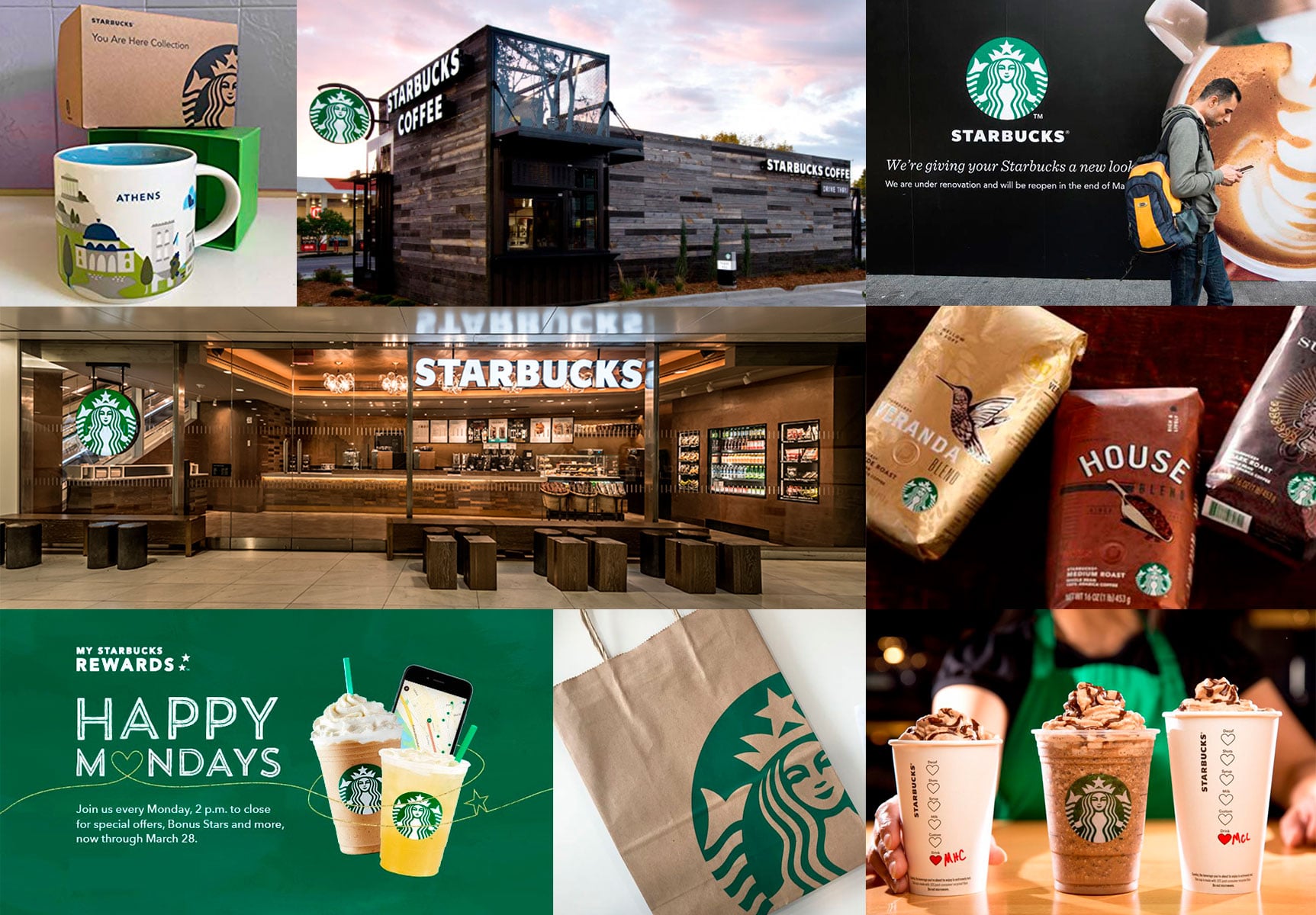What is design, exactly?
The word “design” is often employed, rightly or wrongly, to designate or describe an object, a space, or to communicate something that we find esthetical and modern due to its’ shape or style. This isn’t all false, but not entirely on point either. Design is above all a process or, if you prefer, a way of thinking.
According to Lou Danziger, a notorious American graphic designer and professor, design is intelligence made visible.
What does design provide for a brand?
Beyond beauty, design contributes to communicating ideas, emotions and values. It accompanies and sustains your message. It reveals with finesse what you have to offer and who you are. It sheds light on what sets you apart from others and the advantages you promise your clients. Therefore, I can without a doubt or pretentions confirm that design is a powerful tool to be used on ones road to success.
The Danish Design Council has demonstrated that enterprises that integrate design in their strategy are more innovative and have an economical growth that exceeds 22%. Furthermore, the British Design Council conducted a study in 2004 revealing that companies that use design are more competitive long-term.
Investing in a solid brand image and good design gives you the tools to:
- ease the purchasing process, since the consumer interprets more easily the distinctive characteristics and advantages of the product or service
- strengthen the sales
- promote the creation of the brand value
That being said, quality design will not solve all of an enterprise’s problems, as would a miracle solution, considering many other variables come into play to influence the success of a business or organisation. The client’s experience, the quality of the offered product or service, the values promoted and the environmental impact also play their part.
Why is promoting your difference so important?
Consumers are more and more attracted by enterprises that identify as different, especially in terms of image. Patagonia, Adidas, Apple, Starbucks, to name only a few, have understood that being authentic and making sense of their brand pays off. I am far from agreeing with all of the methods used by these companies, but from a marketing point of view, they’ve managed to leave a strong impression. I welcome you to have a look at their websites, to observe the packaging of their products, the visual aspects of the adds, the shopping spaces, etc. Pay attention to the main thread that unites and seals their brand. Nothing is left to fate to strike our imagination.

On a smaller scale, I often observe the opposite. Some small businesses tend to try and look like their competitors and don’t take the time to well define the essence of their DNA. They don’t take ownership of their unique personality. The consumer finds himself with a feeling of deja vue and the company is constantly reacting to the initiatives and strategy changes undertaken by its’ competitors. On the long run, the teams running these enterprises have a hard time promoting their product because the tone, the communication tools and the messages are not well defined. The brand notoriety inevitably takes a hit. Important sums of money spent in advertising would have been better invested in the construction of a solid brand image. The long-term positive impact of offering strong bases will have an effect on the brands organic reach and on the commitment generated toward the clientele.
How can you reveal your difference?
Design allows us to create this difference by using identity marks, such as the logo and graphic platform. These aspects include the colours, the official lettering fonts, the graphic elements, the textures, the photographic style, etc. Through the established symbols, the enterprise or organisation expresses its’ difference coherently, no matter the media. From print to digital, not to mention space, a sole language is used and allows the brand to be recognized in an instant. Are you a new enterprise who wishes to blow a refreshing wind of change on your industry through innovative ideas? Or are you a well-established organisation wishing to see your brand evolve? Be authentic and coherent.
How can you validate if your design is appropriate?
A good design must:
- be in harmony with your message and your values
- reinforce your brand’s credibility and standing point
- allow to separate you from the herd
- seduce the soul and stimulate intelligence where it can be found
- promote confidence and trust
You wish to bring your brand one step further?
Above all, be real in regard of what you are claiming and offering. Consumers are less and less gullible and always more demanding. To blow one’s mind with the wrapping only to reveal a disappointing content is never worthwhile. Next, gather your communication tools to have a good picture of what is presented to your clientele. Ask for external advice from an expert to validate the coherence of each of your tools, and ensure that they synchronize with your enterprise’s DNA. Determine the available budget to improve or establish new bases with the help of a design expert. If you have internal and qualified resources to create and direct, go for it! If not, contact a design studio such as Filière M to help uplift your brand to full potential.
Written by: Mélanie Filiatrault
Photo credit: Matthew Hamilton
References:
- https://en.wikipedia.org/wiki/Louis_Danziger
- https://www.wiley.com/en-ca/Designing+Brand+Identity:+An+Essential+Guide+for+the+Whole+Branding+Team,+5th+Edition-p-9781118980828
- https://www.lesechos.fr/10/11/2017/LesEchos/22569-143-ECH_le-design-comme-accelerateur-d-innovation-et-de-competitivite.htm
- https://danskdesigncenter.dk/en/design-delivers-how-design-accelerates-your-business
- https://www.designcouncil.org.uk/sites/default/files/asset/document/dc_lbbd_report_08.11.13_FA_LORES.pdf